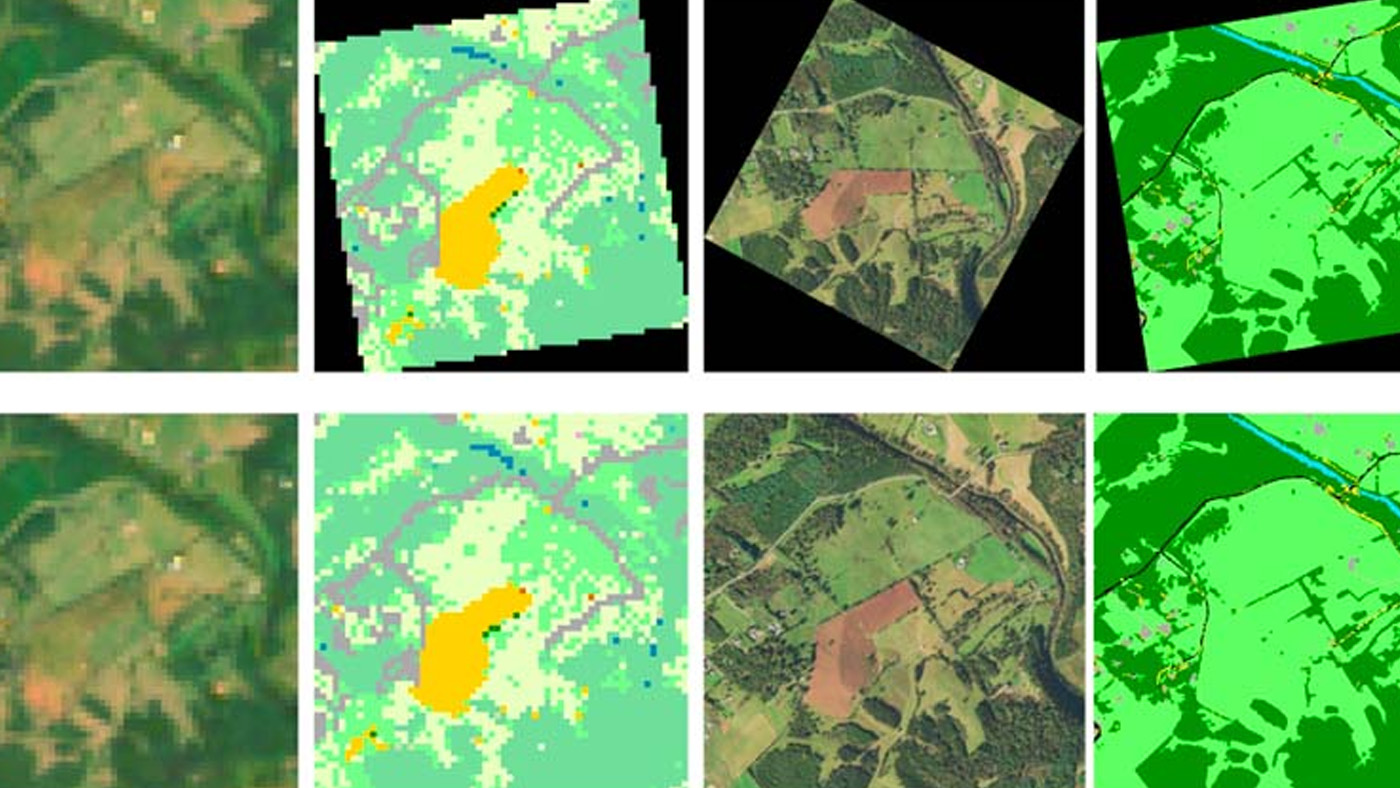
Machine learning has revolutionized many fields, and geographic prediction is no exception. Ever wondered how your weather app predicts rain or how Google Maps suggests the fastest route? The answer lies in the power of machine learning. This technology uses algorithms to analyze vast amounts of data, identifying patterns and making predictions with impressive accuracy. From predicting natural disasters to optimizing delivery routes, machine learning is transforming how we understand and interact with our world. Ready to dive into some mind-blowing facts about machine learning in geographic prediction? Let's explore how this cutting-edge technology is shaping our future.
What is Machine Learning in Geographic Prediction?
Machine learning in geographic prediction involves using algorithms to analyze spatial data and make predictions about geographic phenomena. This technology is transforming how we understand and interact with our environment.
- Machine learning can analyze vast amounts of spatial data quickly, providing insights that would take humans much longer to uncover.
- Geographic prediction helps in urban planning by predicting traffic patterns and population growth.
- Weather forecasting has become more accurate with machine learning, predicting storms and other weather events with greater precision.
- Agriculture benefits from geographic prediction by optimizing crop yields and managing resources more efficiently.
- Disaster management uses machine learning to predict natural disasters like earthquakes and floods, potentially saving lives.
How Does Machine Learning Work in Geographic Prediction?
Understanding the mechanics behind machine learning in geographic prediction can shed light on its capabilities and limitations.
- Algorithms are the backbone, processing data to identify patterns and make predictions.
- Training data is crucial; the more data available, the more accurate the predictions.
- Supervised learning involves training the model with labeled data, teaching it to recognize specific patterns.
- Unsupervised learning allows the model to identify patterns and relationships in data without pre-labeled outcomes.
- Reinforcement learning uses a system of rewards and penalties to train the model, improving its predictive accuracy over time.
Applications of Machine Learning in Geographic Prediction
Machine learning's applications in geographic prediction are vast and varied, impacting numerous fields.
- Environmental monitoring uses machine learning to track changes in ecosystems and predict future environmental conditions.
- Wildlife conservation benefits from geographic prediction by identifying critical habitats and migration patterns.
- Real estate uses geographic prediction to assess property values and market trends.
- Transportation systems optimize routes and schedules based on predictive models.
- Healthcare can predict the spread of diseases and allocate resources more effectively.
Challenges in Machine Learning for Geographic Prediction
Despite its potential, machine learning in geographic prediction faces several challenges.
- Data quality is a significant issue; inaccurate or incomplete data can lead to faulty predictions.
- Computational power is required to process large datasets, which can be costly.
- Model interpretability is often difficult, making it hard to understand how predictions are made.
- Bias in data can lead to skewed predictions, affecting the reliability of the model.
- Privacy concerns arise when using personal data for geographic prediction.
Future of Machine Learning in Geographic Prediction
The future of machine learning in geographic prediction looks promising, with ongoing advancements and innovations.
- Quantum computing could revolutionize data processing, making predictions faster and more accurate.
- Integration with IoT devices will provide real-time data, enhancing predictive capabilities.
- Advanced algorithms will improve the accuracy and reliability of predictions.
- Collaboration between different fields will lead to more comprehensive and holistic predictive models.
- Ethical considerations will become increasingly important, ensuring that predictions are used responsibly.
Real-World Examples of Machine Learning in Geographic Prediction
Real-world applications demonstrate the practical benefits of machine learning in geographic prediction.
- Google Maps uses machine learning to predict traffic conditions and suggest optimal routes.
- NASA employs machine learning to predict climate changes and monitor environmental conditions.
- Smart cities use geographic prediction to manage resources and improve the quality of life for residents.
The Future of Machine Learning in Geographic Prediction
Machine learning is transforming how we understand geography. From predicting natural disasters to optimizing urban planning, its applications are vast. Algorithms analyze massive datasets, revealing patterns humans might miss. This tech helps create more accurate weather forecasts, track climate change, and even predict traffic patterns.
Businesses benefit too. Retailers use geographic prediction to choose store locations, while delivery services optimize routes. Governments and NGOs leverage it for disaster response and resource allocation.
As data grows, so will machine learning's capabilities. Ethical considerations, like data privacy and algorithmic bias, must be addressed. But the potential for positive impact is enormous.
Embrace this tech. Stay informed about advancements. The future of geographic prediction is bright, promising smarter decisions and a better understanding of our world.
Was this page helpful?
Our commitment to delivering trustworthy and engaging content is at the heart of what we do. Each fact on our site is contributed by real users like you, bringing a wealth of diverse insights and information. To ensure the highest standards of accuracy and reliability, our dedicated editors meticulously review each submission. This process guarantees that the facts we share are not only fascinating but also credible. Trust in our commitment to quality and authenticity as you explore and learn with us.
